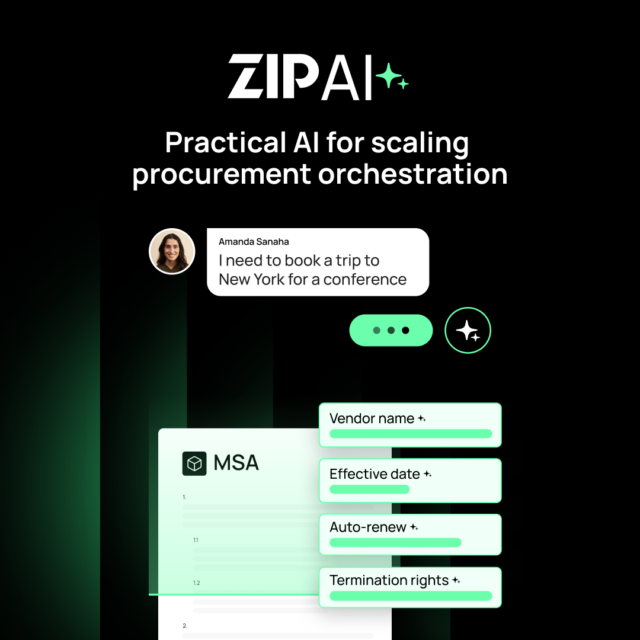The procurement process is increasingly being recognised for its potential to drive carbon emissions reductions with the larger organisation. However, the process is complex and, for many CPOs, there’s no easy way forward.
This is due to the fact that reducing Scope 3 emissions is particularly difficult.
Scope 3 emissions account for approximately 75% of companies’ emissions on average. This is according to data gathered by the Carbon Discolosure Project. However, not only do Scope 3 emissions account for the majority of the value chain’s environmental impact, but they are also the most difficult emissions to measure and reduce. The difficulty stems from a lack of trustworthy data. Not only that, but value chain activities lie outside of the organisation’s direct control.
Despite the challenges, pressure on procurement teams to decarbonise their procurement process has increased over the past few years. There has been mounting pressure to accurately measure emissions in order to submit and validate science-based reduction targets. This presure is driving companies to direct more focus toward Scope 3 emissions, according to Mark Weick, managing director of EY’s Climate Change and Sustainability Services. Nevertheless, he adds, many businesses still find themselves in a “Scope 3 dilemma.”
In order to make meaningful progress towards decarbonising their procurement process, CPOs and business leaders should engage with the following four steps.
1. Accurately measure the impact
The first step towards decarbonising the procurement process is accurately calculating your emissions.
Creating visibility within the value chain is challenging, but implementing reporting standards for your supplier ecosystem, in combination with the right digital tools can help deliver an accurate carbon footprint calculation.
Once the calculation has been made, the figures must be regularly updated in order to remain valuable.
2. Triage to minimise severe contributors
Once the extent of your Scope 3 emissions has been accurately measured, the next step should be to identify and target the most emissions-heavy categories in your value chain.
The Pareto Principle is a flawed analytical guideline, but provides a good starting point. It is likely that 20% of your value chain is producing 80% of the emissions. Therefore, by identifying the suppliers, materials, processes, and products that make the biggest contributions to your emissions, you can make the largest impact in the shortest amount of time.
3. Find and pull carbon reduction triggers
The next step is finding the areas where changes will have the greatest effect. Find the factors in your organisation and ecosystem that trigger the biggest swings in carbon emissions. Volume of product, supplier selection, type of product, and nature of service can all trigger emissions reductions (or increases).
Examples of triggers could include rewriting an IT policy to repair and refurbish old equipment in order to reduce e-waste. It could pull that trigger even further by ensuring refurbished equipment is then sold or donated. It could also involve purchasing equipment with longer lifespans. Or requiring suppliers to comply with certain sustainability standards within their own operations.
4. Monitor, iterate, improve
The final step is to accurately monitor and assess the efficacy of your carbon reduction steps. Then, experiment with new approaches, explore new strategies, and analyse the results. Digital monitoring tools are a useful element of this process, as long as they are updated and leveraged throughout future iterations of the cycle.
Over time, you will be able to iterate and improve your environmental impact reduction strategy and track your progress towards an ultimate goal like carbon neutrality. This is not a one-time project, however, and it is vital that carbon reduction is conceptualised as a central aspect of your procurement function’s strategy going forward.











